- home
- the wto
- what is the wto?
- the wto in brief
WTO IN BRIEF
In brief, the World Trade Organization (WTO) is the only international organization dealing with the global rules of trade. Its main goal is to improve the welfare of people around the world by ensuring that trade flows as smoothly, predictably and freely as possible.
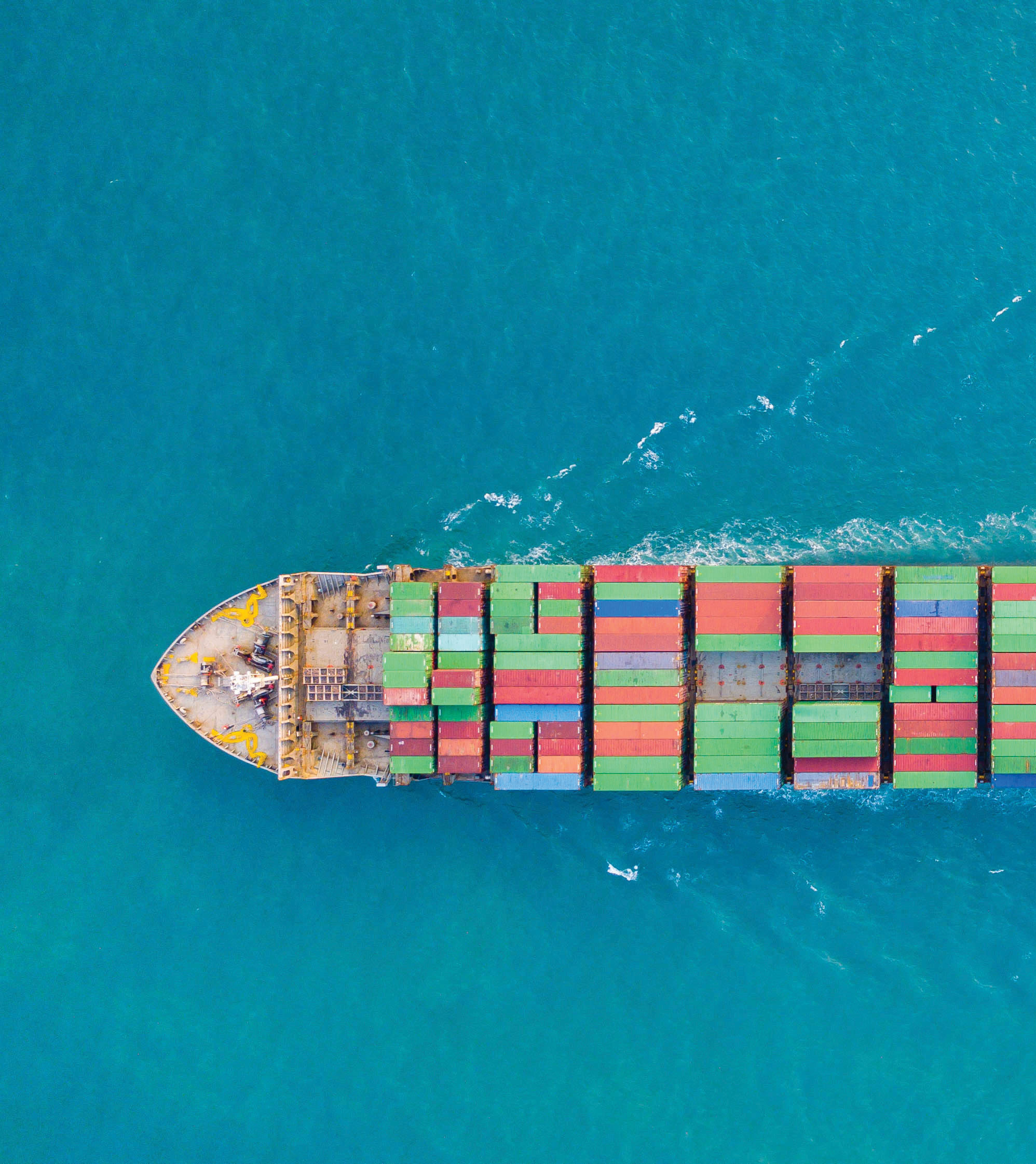
揃y lowering trade barriers through negotiations among member governments, the WTO抯 system also breaks down other barriers between peoples and trading economies.
Global trade rules
The overall objective of the WTO is to help its members use trade as a means to raise living standards, create jobs and improves people's lives.
The WTO operates the global system of trade rules, helps developing economies build their trade capacity and seeks to create a more inclusive trading system.
Global rules of trade provide assurance and stability. Consumers and producers know they can enjoy secure supplies and greater choice of the finished products, components, raw materials and services they use. Producers and exporters know foreign markets will remain open to them.
This leads to a more prosperous, peaceful and accountable economic world. Decisions in the WTO are typically taken by consensus among all members and they are ratified by members’ parliaments. Trade frictions are channelled into the WTO’s dispute settlement process, where the focus is on interpreting agreements and commitments and how to ensure that members’ trade policies conform with them. That way, the risk of disputes spilling over into political or military conflict is reduced.
By lowering trade barriers through negotiations among member governments, the WTO’s system also breaks down other barriers between peoples and trading economies.
At the heart of the system – known as the multilateral trading system – are the WTO’s agreements, negotiated and signed by a large majority of the world’s trading economies, and ratified in their parliaments. These agreements are the legal foundations for global trade. Essentially, they are contracts, guaranteeing WTO members' important trade rights. They also bind governments to keep their trade policies transparent and predictable which is to everybody’s benefit.
The agreements provide a stable and transparent framework to help producers of goods and services, exporters and importers conduct their business.
The goal is to improve the welfare of the peoples of the WTO’s members.

揟he past 75 years have seen an exceptional growth in world trade. Merchandise exports have grown on average by 6% annually.

Trade negotiations
The World Trade Organization came into being in 1995. One of the youngest of the international organizations, the WTO is the successor to the General Agreement on Tariffs and Trade (GATT) established in the wake of the Second World War.
So while the WTO is relatively young, the multilateral trading system that was originally set up under the GATT is over 75 years old.
The past 75 years have seen an exceptional growth in world trade. Merchandise exports have grown on average by 6% annually. This growth in trade has been a powerful engine for overall economic expansion and on average trade has grown by 1.5 times more than the global economy each year. Total exports in 2023 were 250 times the level of 1948. The GATT and the WTO have helped to create a strong and prosperous trading system contributing to unprecedented growth.
The system was developed through a series of trade negotiations, or rounds, held under the GATT. The first rounds dealt mainly with tariff reductions but later negotiations included other areas such as anti-dumping and non-tariff measures. The 1986-94 round – the Uruguay Round – led to the WTO’s creation.
The negotiations did not end there. In 1997, agreements were reached by groups of WTO members on liberalizing telecommunications services, establishing tariff-free trade in information technology products, and opening up their financial services.
In 2000, new talks started on agriculture and services. These were incorporated into a broader work programme launched at the fourth WTO Ministerial Conference in Doha, Qatar, in November 2001.
The new work programme included negotiations and other work on non-agricultural tariffs, trade and the environment, WTO rules on anti-dumping and subsidies, trade facilitation, transparency in government procurement, intellectual property and a range of issues raised by developing economies as difficulties they face in implementing WTO agreements.
Negotiations on these and other topics have resulted in major updates to the WTO rulebook. A revised Government Procurement Agreement – adopted at the WTO’s 8th Ministerial Conference in 2011 – expanded the coverage of the original agreement by an estimated US$ 100 billion a year.
At the 9th Ministerial Conference in Bali in 2013, WTO members struck the Agreement on Trade Facilitation, which aims to reduce border delays by slashing red tape. When fully implemented, this Agreement – the first multilateral accord reached at the WTO – will cut trade costs by more than 14% and will lift global exports by as much as US$ 1 trillion per year.
The expansion of the Information Technology Agreement – concluded at the 10th Ministerial Conference in Nairobi in 2015 – eliminated tariffs on an additional 200 IT products valued at over US$ 1.3 trillion per year. Another outcome of the Conference was a decision to abolish agricultural export subsidies, fulfilling one of the key targets of the UN Sustainable Development Goals.
An amendment to the WTO’s Intellectual Property Agreement entered into force in 2017, easing poor economies’ access to affordable medicines. The same year saw the Trade Facilitation Agreement enter into force.
The 12th Ministerial Conference in June 2022 saw the adoption of a landmark Agreement on Fisheries Subsidies as well as multilateral responses to the food crisis and the COVID-19 pandemic. More recently, outcomes of the 13th Ministerial Conference included important decisions aimed at improving trading opportunities for developing economies and a commitment to work towards WTO reform.
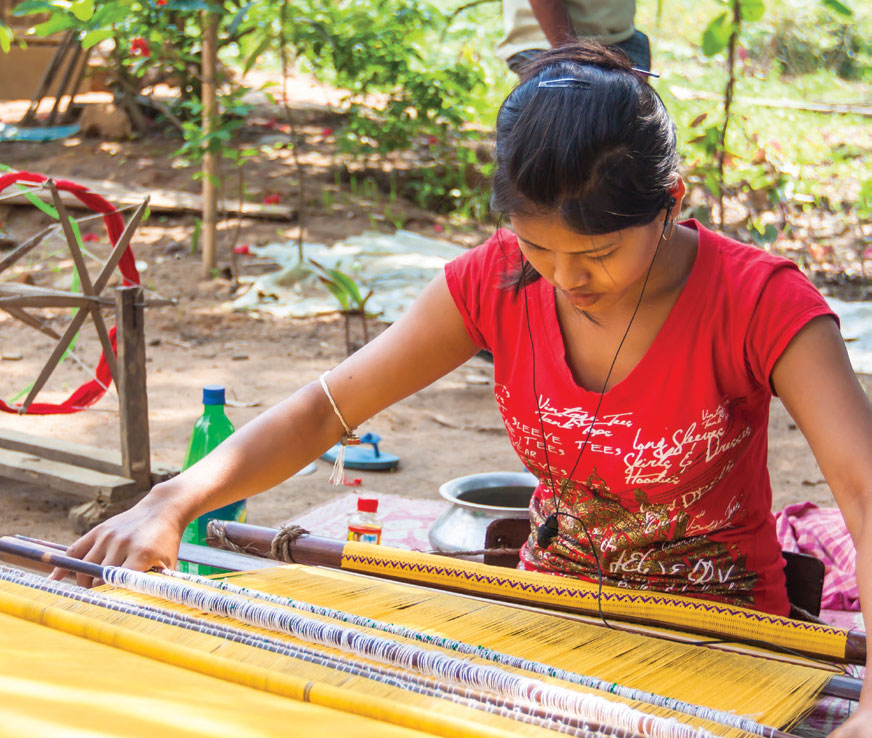
揈ach member receives guarantees that its exports will be treated fairly and consistently in other members?markets.
WTO agreements
How can you ensure that trade is as fair as possible, and as open as is practical? By negotiating rules and abiding by them.
The WTO抯 rules ?the agreements ?are the result of negotiations between the members. The current set is largely the outcome of the 1986- 94 Uruguay Round negotiations, which included a major revision of the original General Agreement on Tariffs and Trade (GATT).
The Uruguay Round created new rules for dealing with trade in services and intellectual property and new procedures for dispute settlement. The complete set runs to some 30,000 pages consisting of about 30 agreements and separate commitments (called schedules) made by individual members in specific areas, such as lower tariffs and services market-opening.
Through these agreements, WTO members operate a non- discriminatory trading system that spells out their rights and their obligations. Each member receives guarantees that its exports will be treated fairly and consistently in other members?markets. Each promises to do the same for imports into its own market. The system also gives developing economies some flexibility in implementing their commitments.

Goods
It all began with trade in goods. From 1947 to 1994, the GATT was the forum for negotiating lower tariffs and other trade barriers; the text of the GATT spelt out important rules, particularly non- discrimination.
Since 1995, the Marrakesh Agreement Establishing the WTO and its annexes (including the updated GATT) has become the WTO抯 umbrella agreement. It has annexes dealing with specific sectors relating to goods, such as agriculture, and with specific issues such as product standards, subsidies and actions taken against dumping. A recent addition was the Trade Facilitation Agreement, which entered into force in 2017.
Services
Banks, insurance firms, telecommunications companies, tour operators, hotel chains and transport companies looking to do business abroad enjoy the same principles of more open trade that originally only applied to trade in goods.
These principles appear in the General Agreement on Trade in Services (GATS). WTO members have also made individual commitments under the GATS stating which of their service sectors they are willing to open to foreign competition, and how open those markets are.
Intellectual property
The WTO抯 Intellectual Property Agreement contains rules for trade in ideas and creativity. The rules state how copyrights, patents, trademarks, geographical names used to identify products, industrial designs and undisclosed information such as trade secrets ?搃ntellectual property??should be protected when trade is involved.
Dispute settlement
The WTO抯 procedure for resolving trade conflicts under the Dispute Settlement Understanding is vital for enforcing the rules and therefore for ensuring that trade flows smoothly. Governments bring disputes to the WTO if they think their rights under the WTO agreements are being infringed. Judgements by specially appointed independent experts are based on interpretations of the agreements and individual members' commitments.
The system encourages members to settle their differences through consultation with each other. If this proves to be unsuccessful, they can follow a stage-by-stage procedure that includes the possibility of a ruling by a panel of experts. Confidence in the system is borne out by the number of cases brought to the WTO – more than 600 cases since the WTO was established. WTO members are currently discussing how to strengthen the dispute settlement system, including the appeal function.
Trade monitoring
The WTO's Trade Policy Review Mechanism is designed to improve transparency, to create a greater understanding of the trade policies adopted by WTO members and to assess their impact. Many members see the reviews as constructive feedback on their policies. All WTO members must undergo periodic scrutiny, each review containing reports by the member concerned and the WTO Secretariat.
In addition, the WTO undertakes regular monitoring of global trade measures, with the aim of highlighting WTO members' implementation of both trade- facilitating and trade-restricting measures.
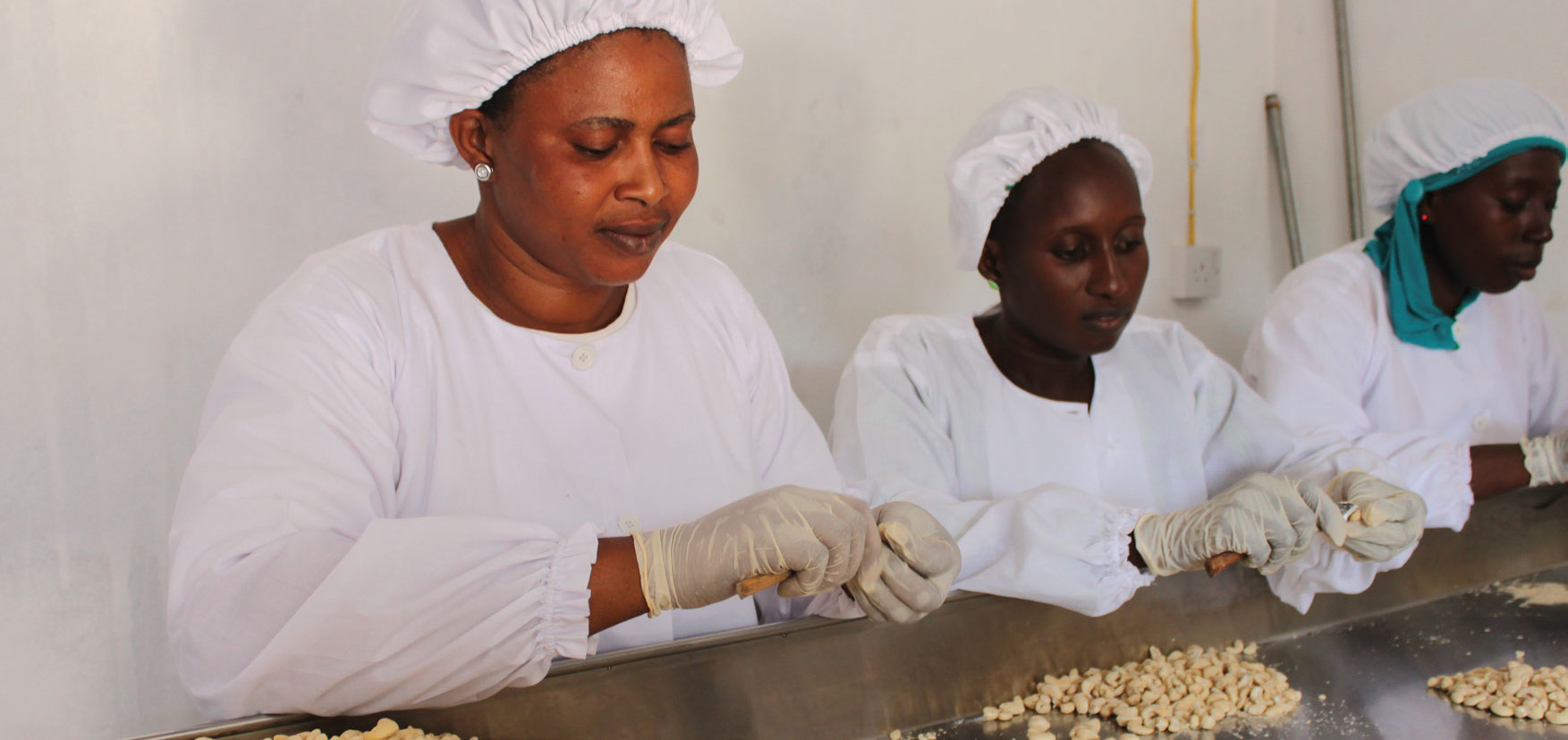
揂 WTO Committee on Trade and Development looks at developing economies?special needs.
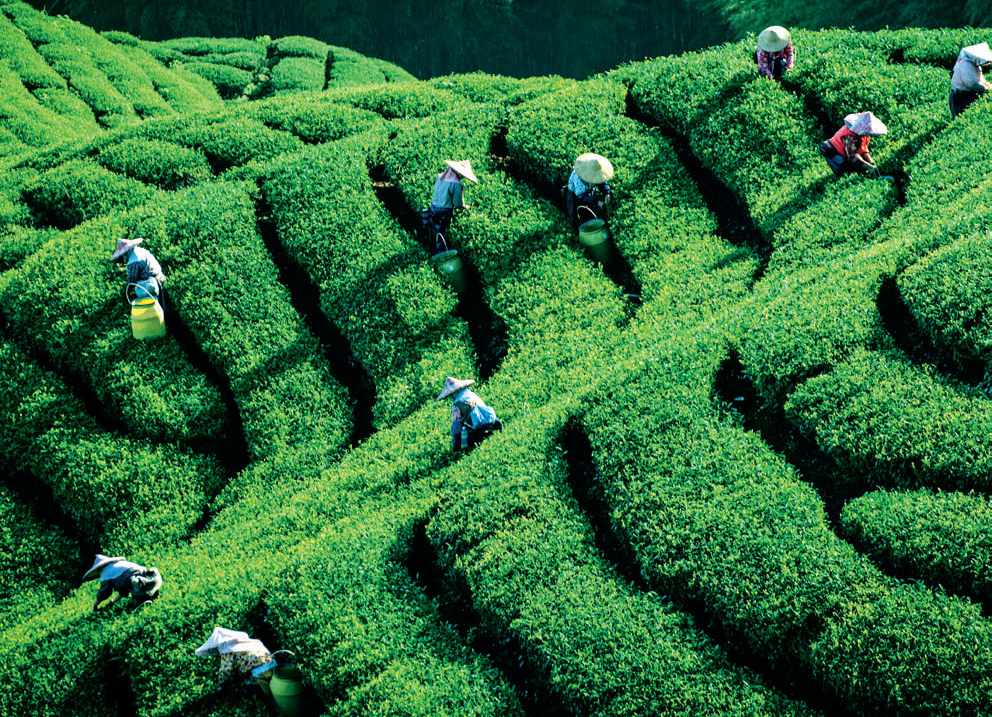
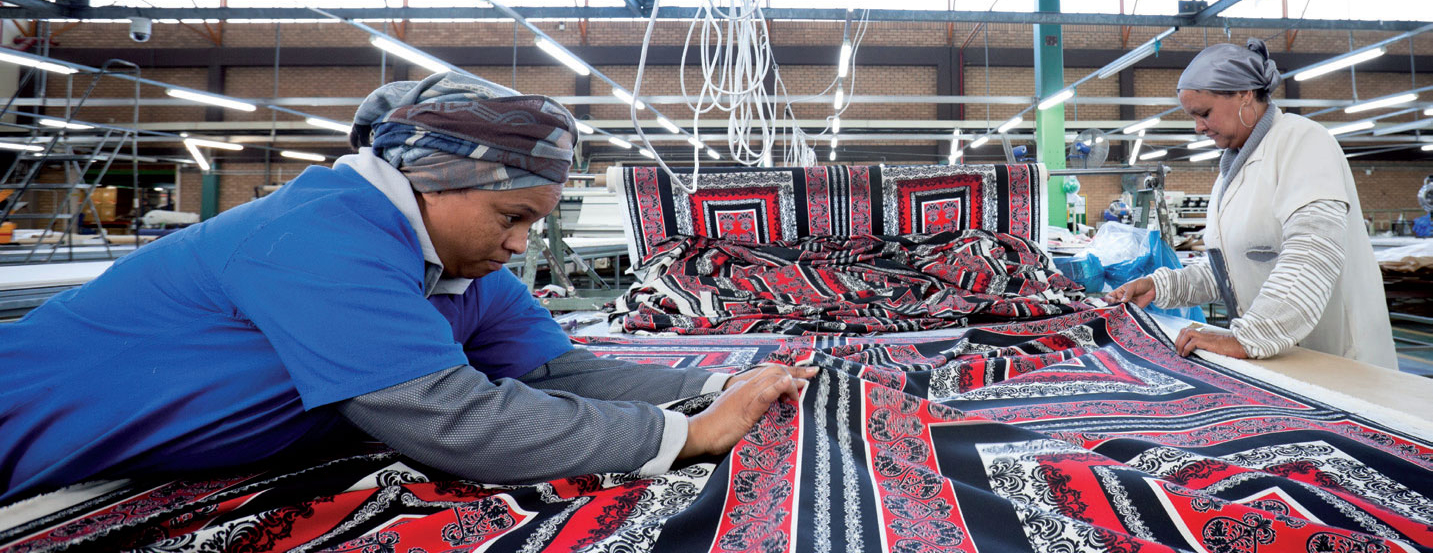
Building trade capacity in developing economies
Over three-quarters of WTO members are developing economies or least-developed countries (LDCs). All WTO agreements contain special provisions for them, including longer time periods to implement commitments, measures to increase their trading opportunities and support to help them build the infrastructure needed to participate in world trade.
A WTO Committee on Trade and Development looks at developing economies’ special needs. Its responsibility includes monitoring implementation of special treatment for developing economies in the WTO agreements, technical cooperation and promoting the increased participation of developing economies in the global trading system.
The Aid for Trade initiative is designed to help developing economies build trade capacity, enhance their infrastructure and improve their ability to benefit from trade-opening opportunities. So far, over US$ 600 billion has been disbursed to support Aid for Trade projects. A Global Review of the initiative is held every two years at the WTO’s headquarters.
The Enhanced Integrated Framework (EIF) is the only multilateral partnership dedicated exclusively to assisting LDCs in their use of trade as an engine for growth, sustainable development and poverty reduction. The EIF partnership of 51 countries, 24 donors and eight partner agencies, including the WTO, works closely with governments, development organizations, civil society and academia. The EIF has invested in over 170 projects, with US$ 330 million committed to supporting the poorest countries in the world.
Another partnership supported by the WTO is the Standards and Trade Development Facility (STDF), set up to help developing economies meet international standards for food safety, plant and animal health and access global markets. The WTO houses the Secretariat and manages the STDF trust fund, which has provided financing of over US$ 50 million to support projects in low-income economies.
Technical assistance and training
The WTO organizes hundreds of technical cooperation missions to developing economies annually. It also holds many trade policy courses each year in Geneva for government officials. Regional seminars are held regularly in all regions of the world, with a special emphasis on African countries. In 2023, over 12,000 participants benefited from technical assistance activities and e-learning courses aimed at improving understanding of WTO agreements and global trade rules.
揟he WTO has 166 members, accounting for 98% of world trade. A total of 22 countries are negotiating membership.

How the WTO is organized
Functions
The WTO’s overriding objective is to help its members use trade as a means to raise people's living standards. It does this by:
- administering trade agreements
- acting as a forum for trade negotiations
- settling trade disputes
- reviewing national trade policies
- building the trade capacity of developing economies
- cooperating with other international organizations
Structure
The WTO has 166 members, accounting for 98% of world trade. A total of 22 countries are negotiating membership.
Decisions are made by the entire membership. This is typically by consensus. The WTO’s agreements have been ratified in all members’ parliaments.
The WTO抯 top level decision- making body is the Ministerial Conference, which meets usually every two years.
Below this is the General Council (normally ambassadors and heads of delegation based in Geneva but sometimes officials sent from members?capitals) which meets several times a year in the Geneva headquarters. The General Council also meets as the Trade Policy Review Body and the Dispute Settlement Body.
At the next level, the Goods Council, Services Council and Intellectual Property (TRIPS) Council report to the General Council.
Numerous specialized committees, working groups and working parties deal with the individual agreements and other areas, such as the environment, development, membership applications and regional trade agreements.
WTO Secretariat
The WTO Secretariat, based in Geneva, has around 600 staff and is headed by a Director- General. It does not have branch offices outside Geneva. Since decisions are taken by the WTO抯 members, the Secretariat does not itself have a decision-making role.
The Secretariat抯 main duties are to supply technical support for the various councils/ committees and the ministerial conferences, to provide technical assistance for developing economies, to analyse world trade and to explain WTO activities to the public and media.
The Secretariat also provides some forms of legal assistance in the dispute settlement process and advises governments wishing to become members of the WTO. The annual budget contributed by members is roughly 205 million Swiss francs.
Contacting the WTO
WTO - OMC
Rue de Lausanne 154
CH-1211 Geneva 21
Switzerland
Tel.: +41 (0)22 739 51 11
WTO Information and External Relations Division e-mail: [email protected]
WTO Publications e-mail: [email protected]
WTO Online Bookshop https://onlinebookshop.wto.org
WTO iLibrary e-mail: [email protected]

The WTO
LOCATION: Geneva, Switzerland
ESTABLISHED: 1 January 1995
CREATED BY: Uruguay Round negotiations (1986-94)
MEMBERSHIP: 166 members representing 98% of world trade
BUDGET: 205 million Swiss francs for 2024
SECRETARIAT STAFF: 604
DIRECTOR GENERAL: Ngozi Okonjo-Iweala
FUNCTIONS:
- Administering WTO trade agreements
- Forum for trade negotiations
- Handling trade disputes
- Monitoring trade policies
- Technical assistance and training for developing economies
- Cooperation with other international organizations